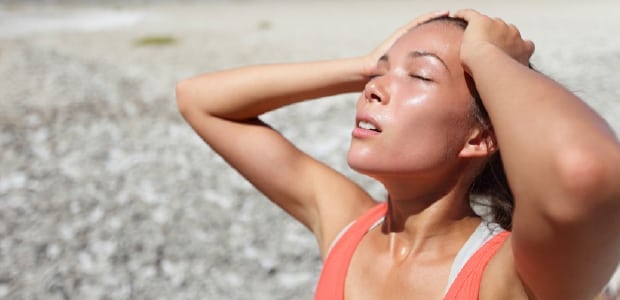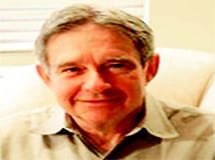SUMMER SAFETY

By Steve Burns
Community Awareness Committee Chairman
How many times have you seen a distraught person on the news making the statement “I just went in for a second”? We hear this expression used more often this time of year than any other. There are two main circumstances when that expression is used, one more tragic than the other.
A Second is a Second Too Long
First, summertime is when we see a rise in children drowning. This is why the campaign of “A Second is a Second Too Long” was started. We may think that we are only going to be a second, but at times we get distracted and that’s when tragedy can strike. Nearly every child drowning is preventable if we resolve to never leave children alone around water.
The second problem that occurs with more frequency in the summer is opportunistic car thefts. This happens when someone leaves their vehicle running to pop in to the post office, dry cleaners, or convenience store. Rather than shutting the engine off, they want to keep the car cool and leave the AC on. They come out to find their vehicle gone while still under the impression that they were only inside for a moment.
Just the opposite can be a problem too. We have all heard stories of someone turning their car off to “just run in” while leaving a child or pet inside. This still happens despite the numerous national campaigns warning of the dangers of such actions. Studies have shown that the temperature inside a parked vehicle can quickly rise to dangerous levels when the air conditioning is not running. Even if you leave the windows slightly open, it is not enough to significantly decrease the heating rate. Brain damage, dehydration, and even death can occur in just minutes from the internal heat of a parked car in the summer.
Awareness is Key
There are other preventable, and sometimes serious, issues that happen more during summer in the valley. These conditions range from rashes and dehydration, to heat exhaustion and heat stroke. Like any other health condition, prevention is key to avoid these specific heat related issues. Preventative measures include keeping hydrated, staying in the shade, and restricting strenuous outdoor activities until the cooler evening hours. Second only to prevention is learning to recognize the symptoms of these conditions and address them as soon as possible.
Dehydration
Dehydration is one of the most frequently seen conditions during the summer months. Our bodies are made up of about 60% water and that percentage is even higher for babies and children. Hydrating with enough water is especially important during the summer months. Experts say that each day we need about one ounce of water for every two pounds of bodyweight. Sports drinks can also help but watch out for the sugar content when consuming them. Limit drinks containing alcohol as well because they are actually diuretics. Consumption of alcoholic beverages encourages the kidneys to lose extra fluid and increases the body’s water need. Dehydration can come on quickly when we are losing more fluids than we are taking in so it’s important to recognize the following signs:
• Increased thirst.
• Dry mouth.
• Heart palpitations.
• Decreased and dark urine output.
• Headache.
• Dry skin.
• Dizziness.
What to do if you suspect Dehydration: You can usually reverse mild to moderate dehydration by drinking more fluids, but severe dehydration needs immediate medical treatment.
Heat Exhaustion
Doing activity in a hot environment can outpace the body’s ability to cool itself, causing heat-related symptoms. Heat exhaustion can occur with or without dehydration occurring.
Symptoms of heat exhaustion include:
• Profuse sweating
• Weakness
• Cool, pale, clammy skin
• Fast, weak pulse
• Possible muscle cramps
• Dizziness
• Nausea or vomiting
• Fainting
What to do if you suspect Heat Exhaustion:
• Move the individual (even if it’s you) to a cooler environment
• Lay down and loosen clothing
• Apply cool, wet cloths to as much of the body as possible
• Fan the individual as much as possible
• Offer sips of water
• If person vomits more than once, seek immediate medical attention.
Heat Stroke
Although heat exhaustion is a serious condition, heat stroke is an even more serious condition, which requires emergency medical attention.
Symptoms of heat stroke include:
• An altered mental state
• One or more of the following symptoms: throbbing headache, confusion, nausea, dizziness, or shallow breathing
• A body temperature above 103°F
• Hot, red, skin (dry or moist)
• Rapid and strong pulse
• Fainting or loss of consciousness
What to do if you suspect Heat Stroke:
• Heat stroke is a severe medical emergency. Call 911 or get the victim to a hospital immediately. Delay can be fatal.
• Move the victim to a cooler, preferably air-conditioned, environment.
• Reduce body temperature with cool cloths or bath.
• Use fan if heat index temperatures are below the high 90s. A fan can make you hotter at higher temperatures.
• Do NOT give fluids.









